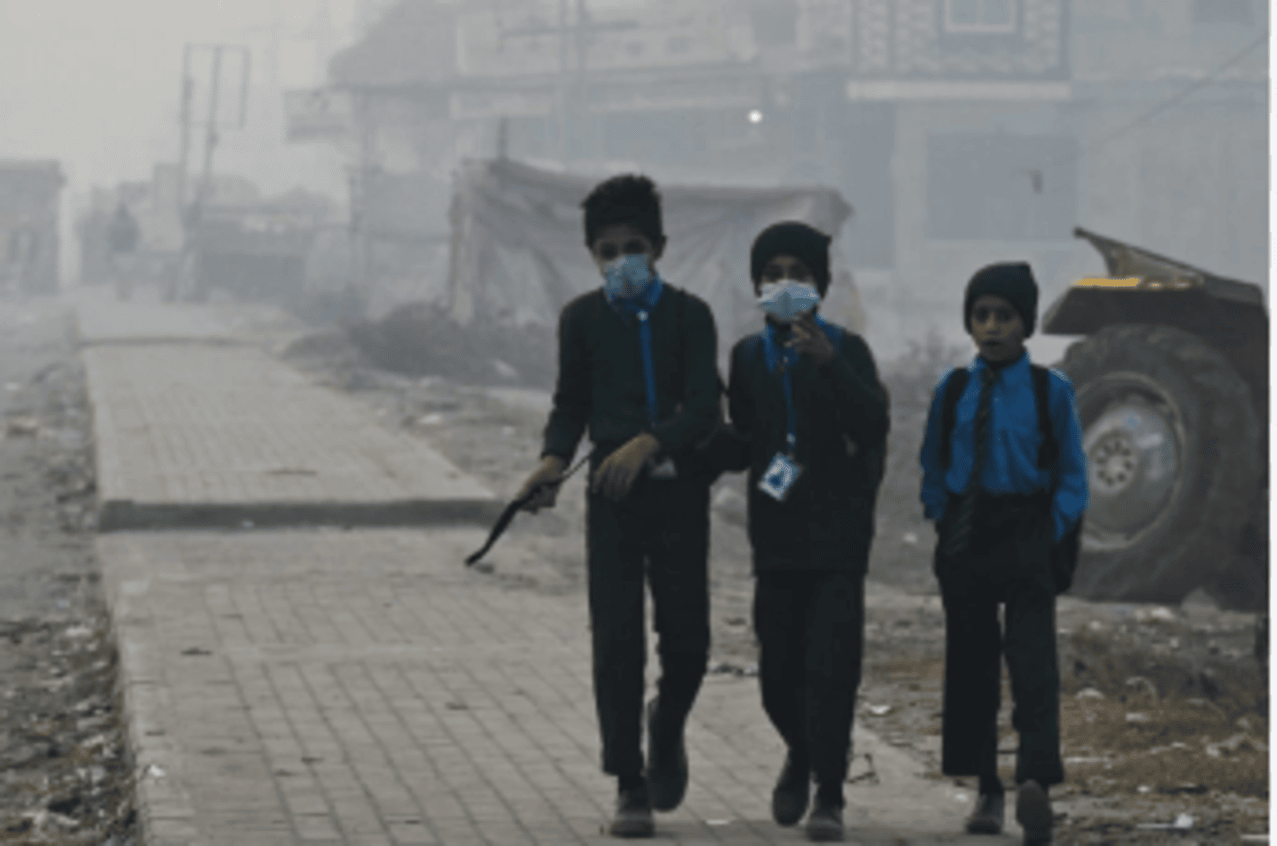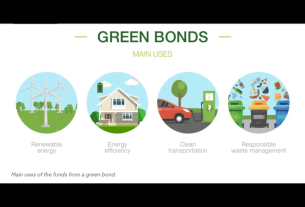As the annual pollution season begins, the cities of Lahore and Delhi are once again grappling with dense smog that poses severe health risks to millions of residents. With air quality levels plummeting to hazardous levels, people in both cities are experiencing a range of alarming symptoms, from scratchy throats and burning eyes to dizziness, chest tightness, and persistent coughs.
The Smog Crisis
The onset of winter in South Asia marks the start of a seasonal crisis known as “pollution season,” primarily driven by agricultural burning, industrial emissions, and vehicular pollution. As temperatures drop, atmospheric conditions trap pollutants close to the ground, creating a thick layer of smog that envelops urban areas.
In Lahore, residents have reported feeling the effects of this toxic haze almost immediately. One resident described it as “a physical ordeal just to go outdoors,” underscoring the urgent need for protective measures against the harmful air quality. In Delhi, where the air quality index (AQI) often reaches alarming levels, schools have been forced to close, and outdoor activities are heavily restricted.
Health Impacts
The health implications of the smog are profound. Medical professionals warn that prolonged exposure to such polluted air can lead to serious respiratory issues, cardiovascular problems, and aggravation of existing health conditions. Vulnerable populations, including children, the elderly, and those with pre-existing health issues, are particularly at risk.
Dr. Randeep Guleria, a prominent pulmonologist and former director of the All India Institute of Medical Sciences, emphasized the urgent need for awareness and preventive measures. “People must limit their outdoor exposure, especially during peak pollution hours, and consider wearing masks that can filter out harmful particles,” he advised.
Government Responses
In response to the worsening air quality, local governments have implemented various measures, including restrictions on construction activities, increased monitoring of industrial emissions, and campaigns to raise awareness about the dangers of air pollution. However, critics argue that these efforts are often reactive rather than proactive, and more comprehensive policies are needed to address the root causes of pollution.
For instance, initiatives aimed at transitioning to cleaner fuels, enhancing public transportation, and enforcing stricter emissions regulations could play a significant role in improving air quality in the long term. Nonetheless, political will and public cooperation remain essential for the success of such measures.
Community Efforts and Activism
Amid the dire situation, community organizations and activists are mobilizing to raise awareness and advocate for change. Grassroots movements are emerging, urging local governments to take decisive action against pollution. Campaigns focused on tree planting, waste management, and promoting sustainable practices are gaining traction, as citizens seek to combat the environmental crisis.
One such initiative, “Clean Air Lahore,” is working to engage residents in discussions about air quality and encourage local actions that contribute to cleaner air. Activists emphasize that collective action is crucial in holding authorities accountable and pushing for meaningful reforms.
Conclusion
As Lahore and Delhi face yet another year of toxic smog, the health and environmental impacts are increasingly impossible to ignore. The familiar symptoms of air pollution are not just an inconvenience; they are a call to action for both individuals and governments. Addressing the pollution crisis requires a multifaceted approach, encompassing policy changes, community engagement, and personal responsibility. With winter looming, the urgency to act has never been greater to ensure the health and safety of millions who call these cities home.


